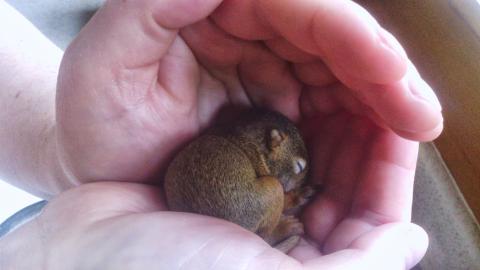
ani-mism noun 1 the attribution of a living soul to plants, inanimate objects, and natural phenomena (Barber 2005, 51).
Folklorist Sabina Magliocco writes that most contemporary Pagans grew up in a dominant social system that rejects the existence of a spiritual realm but are, nevertheless, engaged in a re-enchantment of the world (Magliocco 2012, 17).
This blog entry is an effort to externalize my thinking on a possible relationship between the search for authenticity among contemporary Pagans and the problem of racism in contemporary Paganism. I include under the Pagan banner all people practicing a reconstructed or revitalized polytheistic animism, such as Wiccans, Druids, and Heathens. My own practice is a gnostic, hybridized Druidic Heathenry, and I'm a PhD candidate in the Folklore Department at Memorial University of Newfoundland, so my perspective and approach are rooted in these spiritual and intellectual traditions.
Welcome to Folklore & Fiction, the Internet home of scholar and author Ceallaigh S. MacCath-Moran | C.S. MacCath. I'm a PhD student of Folklore at Memorial University of Newfoundland and the author of two collections of short fiction and poetry.
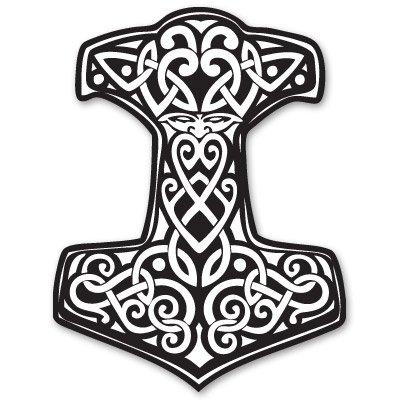
This semester I opted to complete a pedagogical project for my Music 7007: Race Gender and Class course in lieu of writing a traditional term paper.
During Yuletide, I made a set of runes using birch wood I brought back from Iceland in April of last year. Because I'm a folklorist, I thought it might be interesting to document the process in pictures and share them with you.
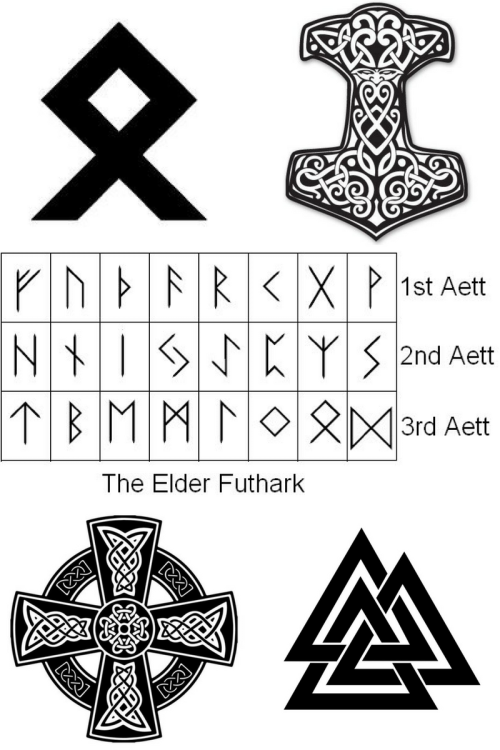
First and foremost, I want to make something clear. As a person of Western and Northern European descent, I condemn and repudiate Neo-Nazism, Neo-Nazi ideology, and President Donald Trump's support of them both. Neo-Nazis and other racists aren't saving the world for me, and I never want to benefit from what they're creating.
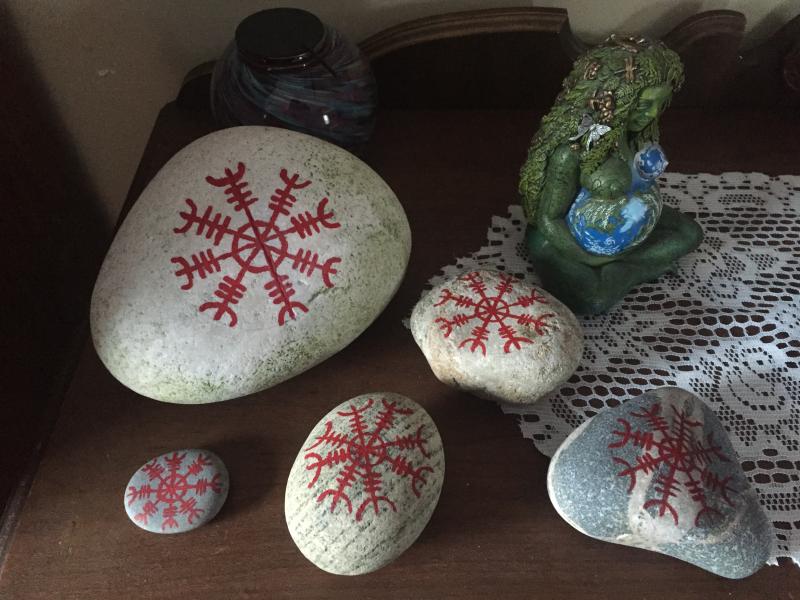
I'm a revivalist Heathen, academic, and fiction writer, which makes for an interesting approach to cosmological and theological ideology and practice.
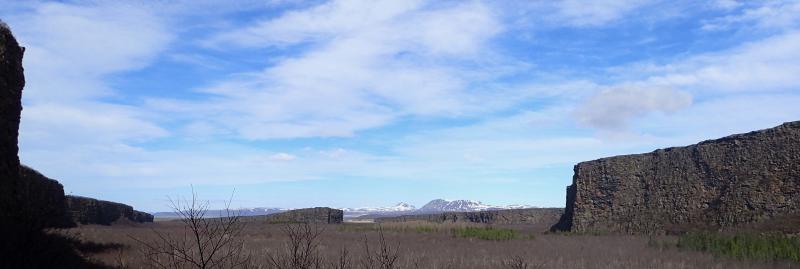
In my first blog post about the huldufolk, I wrote about my recent research into the hidden people of Iceland and offered some thoughts about Icelandic belief in the otherworld.
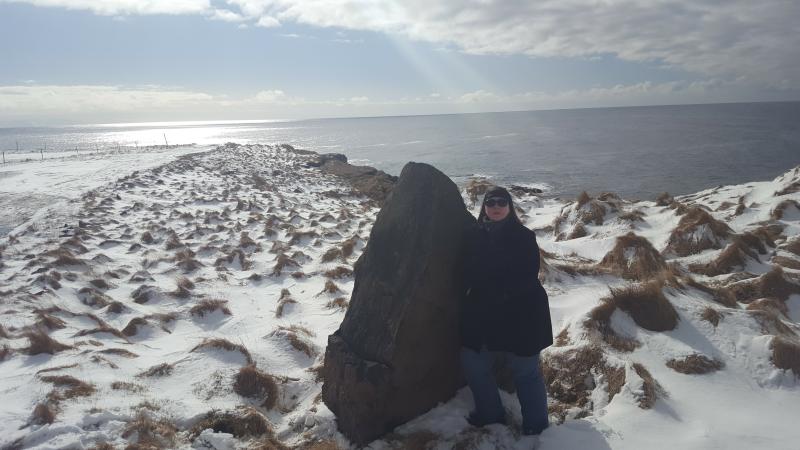
Last year, Sean and I went to Iceland as tourists. This year, we returned as friends to participate in a knowledge exchange with the owner of the northernmost vegan and raw food restaurant in the world.
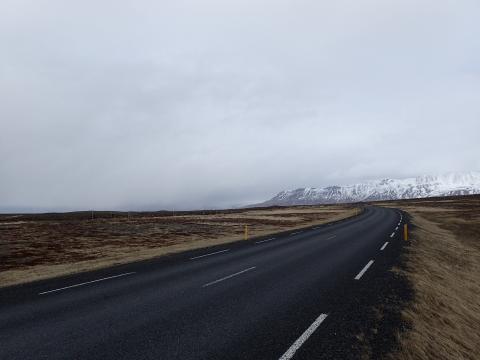
We arrived in Reykjavik at 6:00 AM yesterday morning during a spring snow squall that made the road to Akureyri impassable. But our friends Vigdis and Sveinn took us in, fed us Icelandic pancakes, and sent us to bed, for which we were grateful.